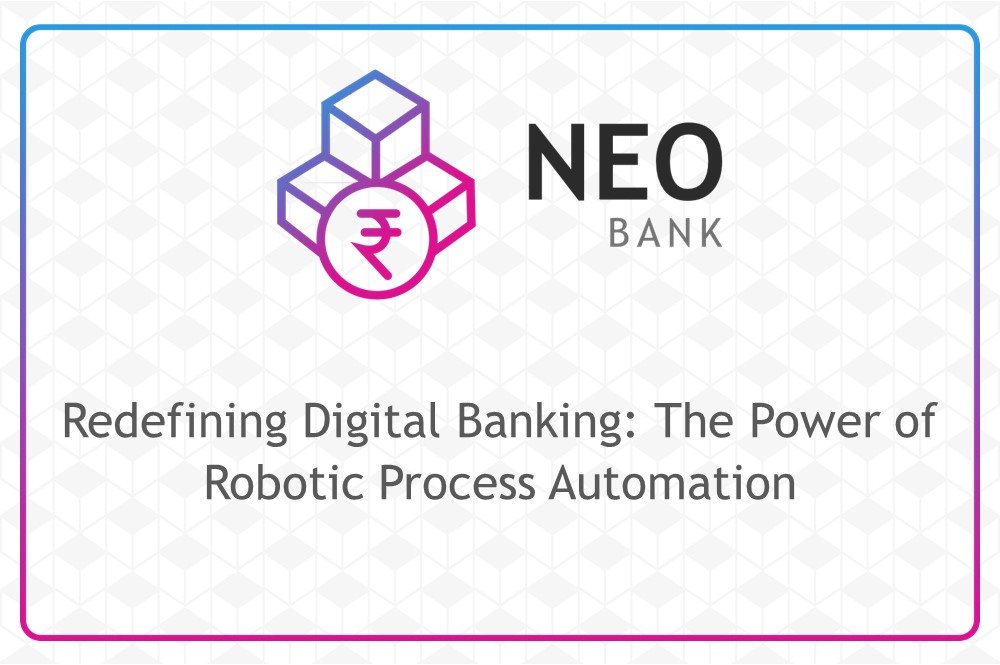Evolving Landscape: The Future of Branch Banking in the Neo Banking Era
Jul 01, 2025 - 2 MINS READ

The rise of neo banks, the digital-first financial institutions, has undeniably disrupted the traditional banking landscape. With their emphasis on mobile convenience and streamlined processes, neo banks are attracting a growing customer base, particularly tech-savvy individuals who value ease and speed. This begs the question – what does the future hold for branch banking in this evolving environment?
Here, we'll explore the challenges traditional branch banks face and examine potential strategies for adapting and thriving in the neo banking era.
The Challenges of Tradition in a Digital Age
Several factors pose challenges for traditional branch banks in the face of neo banking competition:
-
Limited Convenience: Neo banks offer 24/7 access and mobile-first interfaces, whereas physical branches have restricted operating hours.
-
Focus on Efficiency: Traditional banking processes can be cumbersome, while neo banks emphasize streamlined online experiences.
-
Cost of Maintaining Branches: Physical branches incur significant overhead costs, which neo banks can avoid due to their digital nature.
Reimagining the Branch Experience: Adapting to the Future
While neo banks may dominate basic banking transactions, traditional banks have a unique opportunity to reimagine their branch experience and cater to specific customer needs. Here's how they can adapt:
-
Omnichannel Banking: Integrating seamless online and mobile banking options with a physical presence provides customers with the flexibility to choose their preferred touchpoint.
-
Specialized Services: Branch banks can focus on offering value-added services like wealth management, financial planning, or personalized consultations, which may not be as easily replicated by neo banks.
-
Focus on Customer Experience: Investing in staff training and creating a welcoming, tech-enabled branch environment can make physical locations destinations for personalized financial guidance.
-
Community Engagement: Branch banks can become community hubs, offering financial literacy workshops, events, and partnerships with local businesses.
The Role of Technology: Embracing Digital Transformation
Technology plays a crucial role in the future of branch banking:
-
Digital Signage and Interactive Kiosks: Providing self-service options allows customers to complete basic transactions efficiently while freeing up staff for personalized attention.
-
Video Conferencing and Remote Collaboration: Branches can offer virtual consultations with financial advisors or specialists, catering to geographically dispersed customers.
-
Data-Driven Insights: Analyzing customer behavior data can help tailor services and offerings to specific needs and preferences. This data can also help streamline processes and improve wait times.
Beyond Survival: Thriving in a New Era
The future of banking is likely a hybrid model, where neo banks and traditional banks co-exist and cater to different customer segments. Branch banks that adapt by embracing digital transformation, focusing on personalized service, and creating a welcoming physical experience will be well-positioned to not only survive but also thrive in this evolving landscape.
Conclusion:
The rise of neo banks doesn't signal the end of branch banking. Instead, it presents an opportunity for traditional institutions to reimagine their role and offer a unique value proposition. By prioritizing customer experience, leveraging technology, and providing specialized services, branch banks can carve out a niche in the evolving financial ecosystem.







